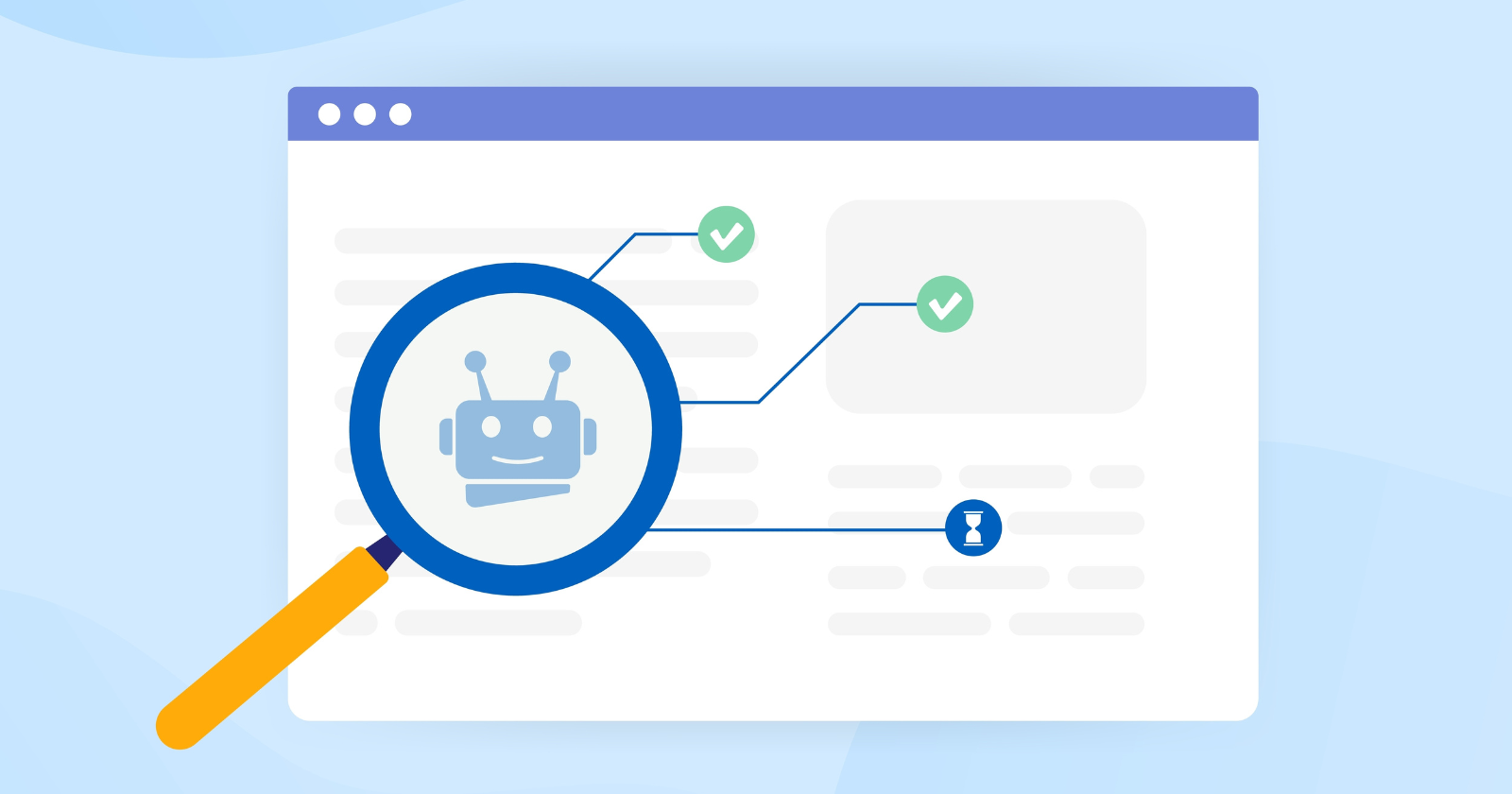How big should a martech stack be? The answer is, as big as it needs to be, which I know isn’t a helpful answer. On our platform we have almost 1,000 stacks under management, ranging from 10 products to more than 250. Our own stack has 43 and we are a small company with a limited marketing budget.
It’s virtually impossible to benchmark stacks from a size perspective due to a lack of consistency regarding:
- The categories to be included – Only marketing tech or marketing tech + sales tech + adtech (some consider ad tech entirely separate from martech) + service tech + data sources? Note: we see data sources showing up more and more in tech stacks.
- The types of products included – Generally it’s purchased products, internally developed ones and those acquired and managed by agencies on the company’s behalf. But what about free products? Our data shows most companies don’t bother tracking them because it’s seen as too difficult or unimportant because it doesn’t impact the budget. This is a mistake. Some free products are critically important gems that are important to know about.
- How comprehensive it is – Some companies choose to look only at their critical foundational platforms. We, on the other hand, catalog every single piece of technology we use.
- The scope – Some companies have one comprehensive source of truth (aka stack), while others manage technology at a department, business unit or geographical perspective and manage multiple stacks. We’ve even seen companies building stacks for specific marketing objectives e.g., lead acquisition, engagement etc.
Read next: Here’s how startups and small companies should build their marketing stacks
In building your stack, don’t focus on trying to find a guide to tell you how big your stack should be. Instead work from the ground up:
- Establish your foundational technology infrastructure. For most companies this includes:
- A way to create campaign materials,
- A system to be your source-of-truth for data,
- A way to manage prospect and customer relationships,
- A means to acquire and nurture leads and engage customers,
- One or more systems to support collaboration,
- Tools to analyze and assess results.
- Tools to manage assets, budgets and technology, and a platform to facilitate online sales if needed.
You may not need discrete tools for each function, depending on your environment your marketing automation platform may also function as your CRM and email platform.
- Consider things beyond core functionality:
- Suitability for the size and skills of your team. If you choose a product that is too complex than your team can handle, it will never be fully utilized and you will not get enough of a return on your investment.
- How well everything works together. Can critical data get where it needs to go? Find out if your products can easily integrate before you buy them. Otherwise you will have to develop custom integration code (depending on the system it could be a six-figure cost).
- Scalability. You should be able to use your foundational elements for 3-5 years. That means they must be able to grow with the company. It’s a huge task to swap systems out, taking from six to 18 months to do.
- Cost. It’s important to understand on a product-by-product basis and at the stack level how your purchases factor in and impact customer acquisition costs (CAC).
- What do you need to achieve your objectives? With more than 9,000 martech products on the market, how do you sort through them? Your marketing goals will focus your efforts in the right place. Also, it’s critically important to consider whether the technology you already have can handle your expected future needs. One of the key contributors to stack bloat is redundant functionality within the stack. This is caused by looking at each set of technology requirements on its own and not considering the stack as a whole.

Remember, the need to create new campaigns, leverage new channels, improve targeting, etc., means you are going to add more technology to your stack. That’s okay, as long as you keep the CAC impact in mind.
Is smaller better?
There’s an idea going around that we should all make our stacks smaller via consolidation. The argument is that a smaller stack will be easier to manage and less costly – but will it? Replacing five products with one product doesn’t guarantee easier stack management and lower costs. A new product could add a new level of complexity and require a long implementation and onboarding period and extensive training. It could also cost significantly more than the products that are being replaced.
Consolidation is a favorite theme of vendors with large multi-function systems that want you to use their product over everything else. There are times when this makes sense, particularly when integrations are involved, but there are plenty of times when it doesn’t. As yet there is no single platform that can deliver the functionality needed across the stack so don’t waste any time thinking about that.
Consolidation can be needed when a stack gets out of control due to lack of centralized oversight and purchasing. Then bloat becomes obvious through skyrocketing expenses without the ability to demonstrate return on investment. We’ve worked through this process with a number of customers and in every situation it’s because of redundant contracts, products and functionality. If you have processes in place to prevent this, your only risk of bloat is keeping products that didn’t live up to expectations or no longer serve your marketing objectives. This is easily avoided by establishing performance benchmarks and conducting regular stack reviews.
If we can’t define the optimum size of a tech stack then we certainly can’t look at a stack and say “that needs to be consolidated.” Stop worrying about stack size, the perfect size for your stack is one that ensures you meet your marketing objectives in a cost-effective way.
Get the daily newsletter digital marketers rely on.
Opinions expressed in this article are those of the guest author and not necessarily MarTech. Staff authors are listed here.

































You must be logged in to post a comment Login